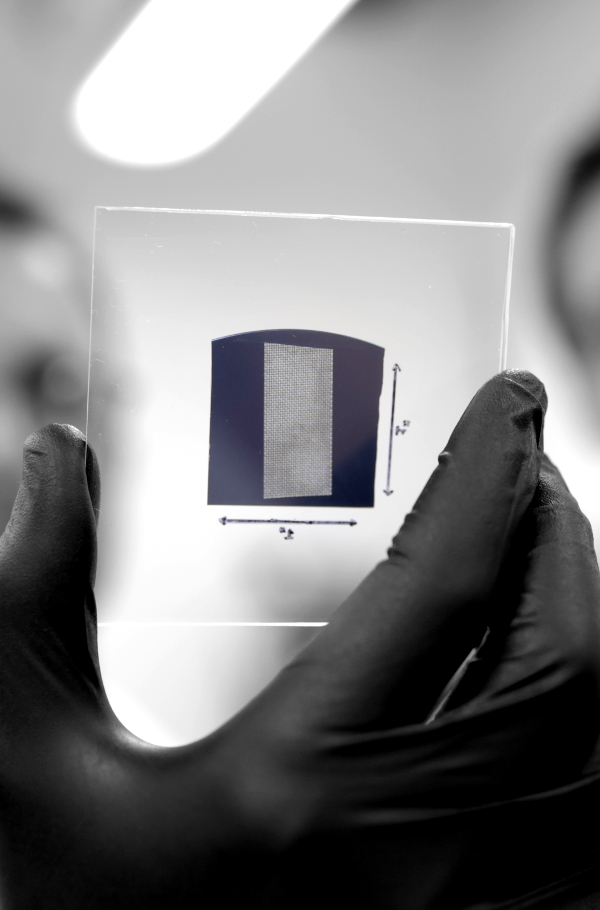Carbon cracks silicon ceiling
 For the first time ever, carbon nanotube transistors have outperformed traditional silicon ones.
For the first time ever, carbon nanotube transistors have outperformed traditional silicon ones.
The world needs a new material to make transistors out of, as it is pushing up against the physical limitations of the material currently used – silicon.
Now, University of Wisconsin-Madison materials engineers have created carbon nanotube transistors that outperform state-of-the-art silicon transistors.
The nanotube transistors have achieved a current 1.9 times higher than silicon transistors, according to a new paper published in the journal Science Advances.
“This achievement has been a dream of nanotechnology for the last 20 years,” says research engineer Michael Arnold.
“Making carbon nanotube transistors that are better than silicon transistors is a big milestone.
“This breakthrough in carbon nanotube transistor performance is a critical advance toward exploiting carbon nanotubes in logic, high-speed communications, and other semiconductor electronics technologies.”
The advance could pave the way for carbon nanotube transistors to replace silicon transistors and continue the constant improvement that the computer industry relies on and that consumers demand.
The new transistors are particularly promising for wireless communications technologies, which require a lot of current flowing across a relatively small area.
Carbon nanotubes are some of the best electrical conductors ever discovered, and so have been a leading candidate for next-gen transistors for a number of years.
Modelling shows nanotube transistors can perform five times faster or consume five times less energy than silicon transistors, as the ultra-small dimensions of the tubes make it possible to rapidly change a current signal travelling across it, creating substantial gains in the bandwidth of wireless communications devices.
Arnold says it is exciting to finally reach the point where researchers can exploit the nanotubes to attain previously theoretical performance gains.
“There has been a lot of hype about carbon nanotubes that hasn't been realized, and that has kind of soured many people's outlook,” he said.
“But we think the hype is deserved. It has just taken decades of work for the materials science to catch up and allow us to effectively harness these materials.”







 Print
Print